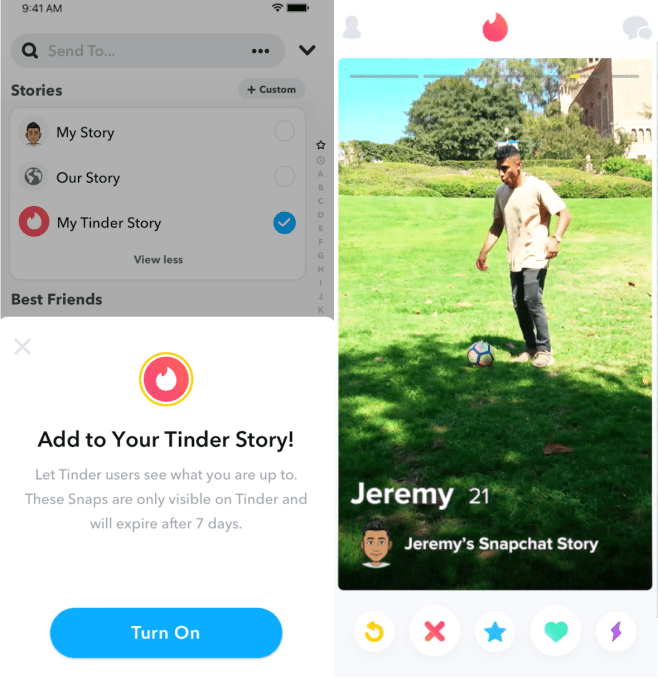There’s been a huge increase in the last decade of applications and services that rely on real-time notifications and other alerts as a core part of how they operate, and today one of the companies that powers those notifications is announcing a growth round. PubNub — an infrastructure-as-a-service provider that provides a real-time network to send and manage messaging traffic between companies, between companies and apps and between internet-of-things devices — has raised $23 million in a Series D round of funding to ramp up its business internationally, with an emphasis on emerging markets.
The round adds another strategic investor to PubNub’s cap table: Hewlett Packard Enterprise is coming on as an investor, joining in this round previous backers Sapphire Ventures (backed by SAP), Relay Ventures, Scale Venture Partners, Cisco Investments, Bosch and Ericsson.
Todd Greene, the CEO of PubNub (who co-founded it with Stephen Blum), said the startup is not disclosing its valuation with this round except to say that “we are happy with it, and it’s a solid increase on where we were the last time.” That, according to PitchBook, was just under $155 million back in 2016 in a small extension to its Series C round. The company has raised around $70 million to date.
PubNub’s growth — along with that of competing companies and technologies, which includes the likes of Pusher, RabbitMQ, Google’s Firebase and others — has come alongside the emergence of a number of use cases built on the premise of real-time notifications. These include a multitude of apps; for example, for on-demand commerce (e.g. ride hailing and online food ordering), medical services, entertainment services, IoT systems and more.
That’s pushed PubNub to a new milestone of enabling some 1.3 trillion messages per month for customers that include the likes of Peloton, Atlassian, athenahealth, JustEat, Swiggy, Yelp, the Sacramento Kings and Gett, who choose from some 70 SDKs to tailor what kinds of notifications and actions are triggered around their specific services.
Greene said that while some of the bigger services in the world have largely built their own messaging platforms to manage their notifications — Uber, for example, has taken this route — that process can result in “death by 1,000 paper cuts,” in Greene’s words. Others will opt for a PubNub-style alternative from the start.
“About 50 percent of our customers started by building themselves and then got to scale, and then decided to turn to PubNub,” Greene said.
It’s analogous to the same kind of decision businesses make regarding public cloud infrastructure: whether it makes sense to build and operate their own servers, or turn to a third-party provider — a decision that PubNub itself ironically is also in the process of contemplating.
Today the company runs its own business as an overlay on the public cloud, using a mixture of AWS and others, Greene said — the company has partnerships with Microsoft Azure, AWS, and IBM Watson — but “every year we evaluate the benefits of going into different kinds of data centres and interesting opportunities there. We are evaluating a cost and performance calculation,” he added.
And while he didn’t add it, that could potentially become an exit opportunity for PubNub down the line, too, aligning with a cloud provider that wanted to offer messaging infrastructure-as-a-service as an additional feature to customers.
The strategic relationship with its partners, in fact, is one of the engines for this latest investment. “Edge computing and realtime technologies will be at the heart of the next wave of technology innovation,” commented Vishal Lall, COO of Aruba, a Hewlett Packard Enterprise company, said in a statement. “PubNub’s global Data Stream Network has demonstrated extensive accomplishments powering both enterprise and consumer solutions. HPE is thrilled to be investing in PubNub’s fast-growing success, and to accelerate the commercial and industrial applications of PubNub’s real time platform.”
Source: Tech Crunch Mobiles | PubNub nabs M as its IaaS network hits 1.3T messages sent each month
